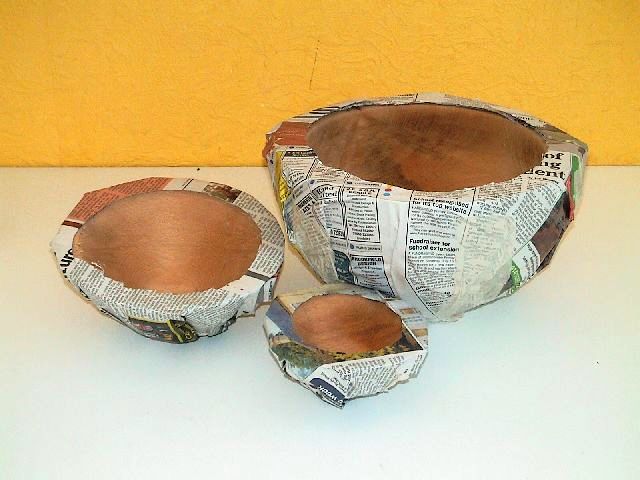nicguthrie
Established Member
Hey guys!
Not been around for a while, due to life, health and an update ruining the usability of Tapatalk, the app on my phone that I used to use for the forum.
The Wife's chemotherapy is finished, the sun is out and I have some gorgeous wood calling my name from the workshop, so I ventured out to put some time in for the first session for a while!
I've got a fantastic blank, a 12x3 inch spalted burr Lacewood (plane) piece that I just couldn't wait to get my tools into, so started it off with enthusiasm. I can only manage a short while a day due to health and needing to be around indoors for my wife, so I've hit a problem.
I knew it was only part seasoned, but I thought it would be a bit dryer than it is. I turned a basic outline the first day, went out the next day and it was back out of balance, with visible rippling around the perimeter. It's shifting scary fast - possibly because my workshop is indoors-level-dry. I'm not wanting to lose the blank through it giving up and splitting, nor to end up with it being a platter through losing too much to constant trimming of its shifting profile, so I was wondering if I could slow it's drying out with an oil coating between turning sessions? I've got both BLO and hardwax oil, and I'm not allergic to adding to my collection, if there's something better suited.
Would this help at all? I don't have a moisture meter, but in some places where there's an inclusion, leaving the wood unsupported, it's slightly spongy to the pressure of a thumb knuckle - suggesting that there's a fair amount of moisture left to dry out. I know I should turn it to about 3/4 of an inch wall, leave it the best part of a year and come back to finish it, and that's what I plan on, it's getting to that point with my short sessions and light-touch turning, without spoiling the thing.
Any help and advice would be appreciated.
Nic.
Not been around for a while, due to life, health and an update ruining the usability of Tapatalk, the app on my phone that I used to use for the forum.
The Wife's chemotherapy is finished, the sun is out and I have some gorgeous wood calling my name from the workshop, so I ventured out to put some time in for the first session for a while!
I've got a fantastic blank, a 12x3 inch spalted burr Lacewood (plane) piece that I just couldn't wait to get my tools into, so started it off with enthusiasm. I can only manage a short while a day due to health and needing to be around indoors for my wife, so I've hit a problem.
I knew it was only part seasoned, but I thought it would be a bit dryer than it is. I turned a basic outline the first day, went out the next day and it was back out of balance, with visible rippling around the perimeter. It's shifting scary fast - possibly because my workshop is indoors-level-dry. I'm not wanting to lose the blank through it giving up and splitting, nor to end up with it being a platter through losing too much to constant trimming of its shifting profile, so I was wondering if I could slow it's drying out with an oil coating between turning sessions? I've got both BLO and hardwax oil, and I'm not allergic to adding to my collection, if there's something better suited.
Would this help at all? I don't have a moisture meter, but in some places where there's an inclusion, leaving the wood unsupported, it's slightly spongy to the pressure of a thumb knuckle - suggesting that there's a fair amount of moisture left to dry out. I know I should turn it to about 3/4 of an inch wall, leave it the best part of a year and come back to finish it, and that's what I plan on, it's getting to that point with my short sessions and light-touch turning, without spoiling the thing.
Any help and advice would be appreciated.
Nic.

































